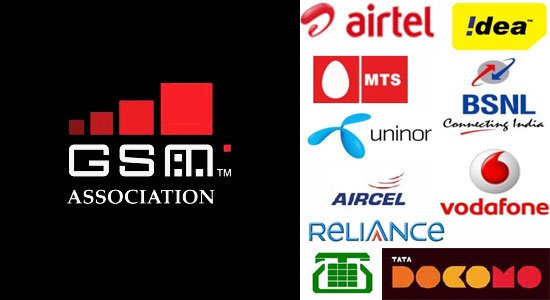Mobile Broadband is expanding in India at a rapid phase, with 3G already launched and 4G network about to launch soon. In a recent study by GSMA, India will become the second largest Mobile Broadband market globally within the next four years with 367 million Mobile Broadband connections by 2016. In doing so, India will overtake the US, which will account for 337 million Mobile Broadband connections by 2016, but will still be second to China, which will have reached 639 million Mobile Broadband connections in the same period.
Since 3G licenses were first awarded to mobile operators in India in September 2010, Mobile Broadband connectivity has grown steadily. There are now more than 10 million HSPA connections across the country, and this is expected to grow exponentially, by 900 per cent, to more than 100 million connections in 2014. This will make India the largest HSPA market worldwide within the next two years, surpassing China, Japan and the US in the process.
“The mobile industry in India is set for immense growth as Mobile Broadband technologies such as HSPA and LTE start to proliferate, but there is scope for far greater development, to take full advantage of this, the Indian government should facilitate the timely release of additional spectrum in a fair and transparent way for all stakeholders. The benefits are clear to see – a 10 per cent increase in Mobile Broadband penetration could contribute as much as US$80 billion (INR 3,506 billion) of revenue across the country’s transport, healthcare and education sectors by 2015.” said Anne Bouverot, director general of the GSMA.
According to a recent study by the GSMA’s Wireless Intelligence service, despite a large rural population, mobile growth in India is being largely driven by more affluent communities in cities. Net additions in urban areas reached 85 million last year compared to 57 million in rural areas, with mobile penetration increasing by 20 percentage points in urban areas to 161 per cent, against a 6.5 percentage point rise in rural areas to 36.6 per cent. The provision of Mobile Broadband in rural and remote areas will help India bridge the so-called “digital divide”. It will improve productivity, help overcome the constraints of transport infrastructure and provide much-needed services such as banking, health and education. Given the significant social and economic benefits, expanding affordable access to Mobile Broadband should be a high priority of the Indian government.
According to Wireless Intelligence, with an average retail price of US$500 (INR 26,000), the cost of a LTE smartphone is four times the average monthly GDP per capita in India, and at an average of US$200(INR 10,000), the retail price of an LTE USB dongle is twice an Indian’s monthly income on average. As LTE networks proliferate worldwide and more devices become available, costs will come down. Initiatives like the introduction of the low-cost Aakash tablet in India are helping spur widespread access to the Internet in emerging markets, but more can be done.
“It is important that all citizens in India have access to high-speed Internet connectivity and the transformative opportunities it provides, the current average cost of an LTE device is prohibitive for the uptake of Mobile Broadband for those on low incomes. The GSMA is committed to working with its mobile operator members to investigate innovative ways in which to make access to the mobile Internet more affordable for all.” said Ms. Bouverot.
The GSMA also announced it has opened a permanent office in New Delhi and recently made two new hires, Sandeep Karanwal, head of GSMA’s India office, and Nitin Sapra, the GSMA’s manager for spectrum and regulation policy in India.
Ms. Bouverot continued, “It is an exciting time to launch our new office, as India is an increasingly critical market for the mobile industry, both commercially and in policy terms, through its influence throughout Asia Pacific and the world.”



